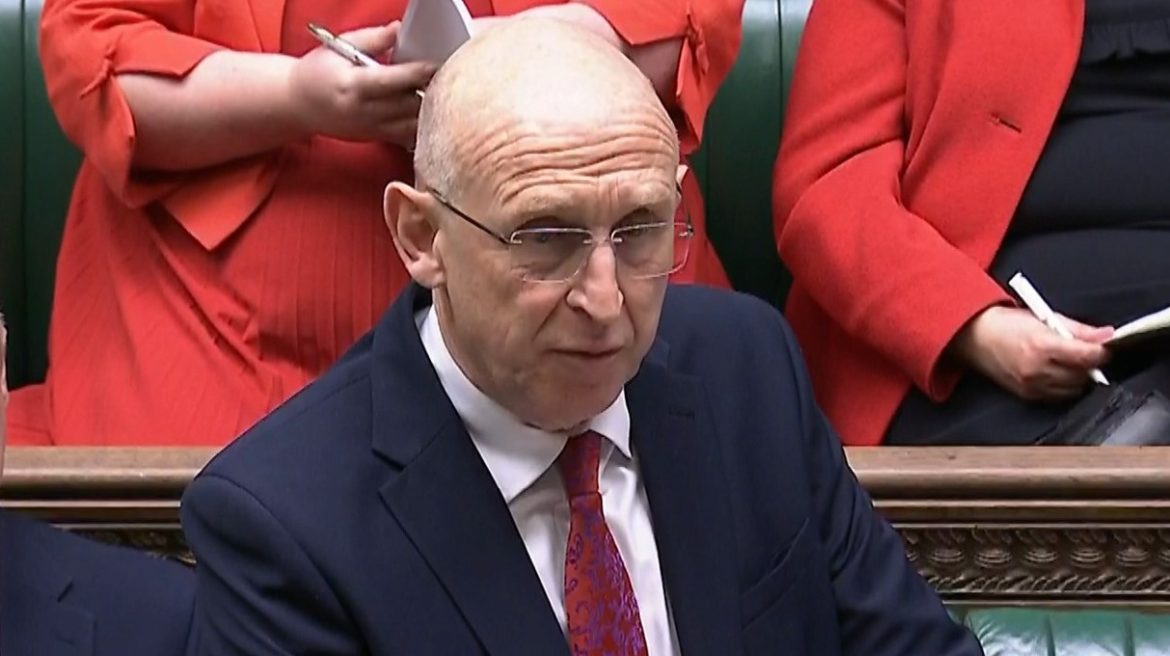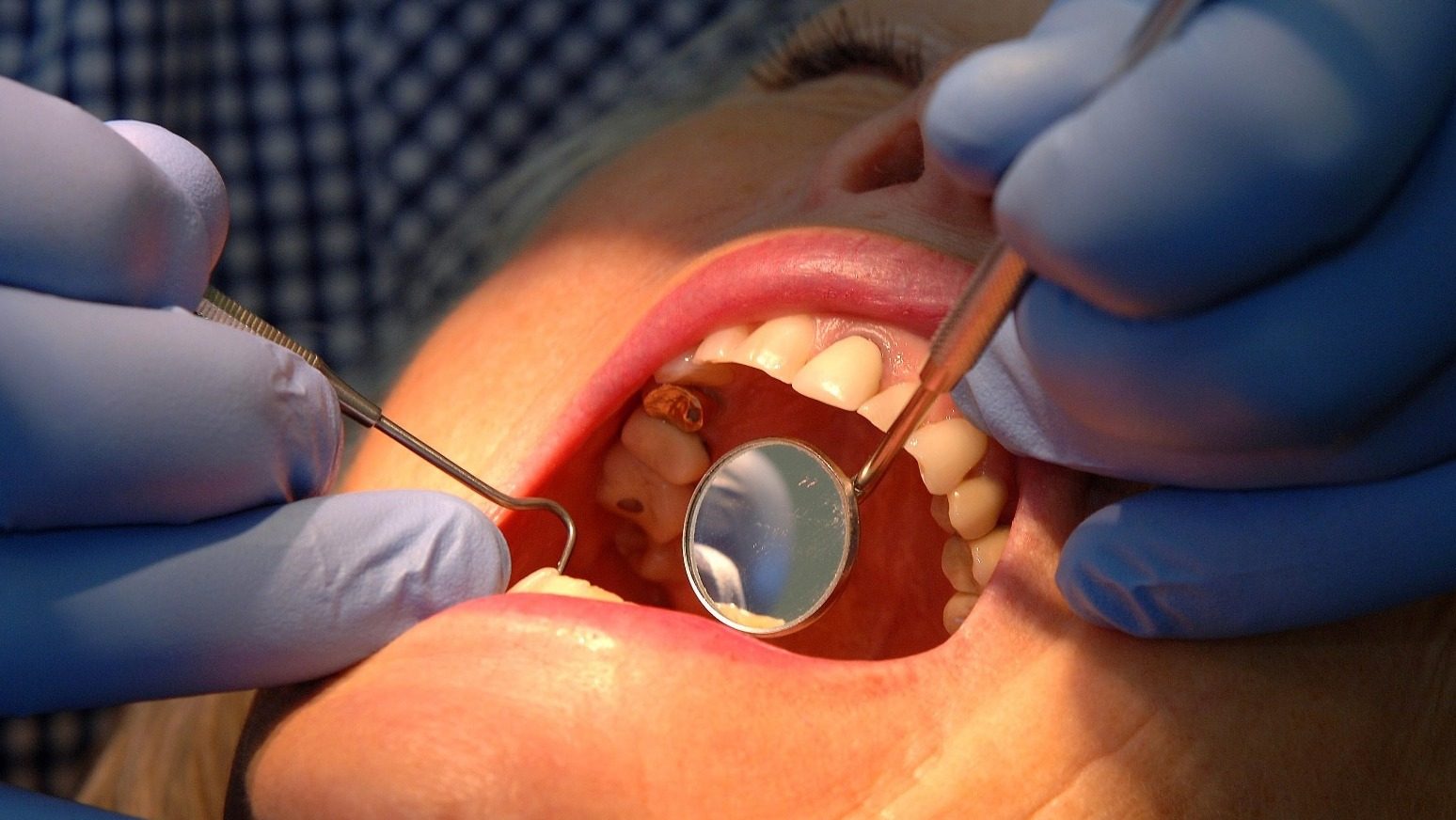The UK will “double down” on support for Ukraine, fuelling speculation that British-supplied missiles could be used by Kyiv’s forces to hit targets deep inside Russia.
Joe Biden has allowed Ukraine to use US-supplied weapons to strike sites in Russia after months of pressure from Ukrainian President Volodymyr Zelensky.
The UK Government would not be drawn on whether restrictions on the use of Storm Shadow missiles it supplied would also be eased, but Defence Secretary John Healey stressed the UK was working in “close co-operation” with the US.
Prime Minister Sir Keir Starmer said: “I’m not going to get into operational details, because the only winner, if we were to do that, is (Vladimir) Putin, and I’m not prepared to do that.”
He told broadcasters at the G20 summit in Brazil: “I’ve been really clear for a long time now we need to double down. We need to make sure Ukraine has what is necessary for as long as necessary, because we cannot allow Putin to win this war.”
In the Commons, Mr Healey told MPs: “I will not compromise operational security and comment on the details of long-range systems today.
“The Prime Minister has been clear… that we must double down on the support for Ukraine, give Ukraine the support that it needs and do so for as long as it takes.
“In doing so we will continue our close co-operation with the US and allies in providing that support to Ukraine.”
He dismissed suggestions from the Kremlin that using Western-supplied missiles to hit targets in Russia would escalate the conflict.
“The one person responsible for escalation in this conflict is President Putin, the one side that has been escalating in recent months is Russia,” he said.
Defence minister Maria Eagle also hinted at a shift, telling MPs: “We intend to align with our allies in making sure that Ukraine can make use of the capabilities that’s been offered by those who have committed support to that country in its fight.”
The UK Government has been reluctant to give Ukraine permission without a shift in US policy, in part because the missiles use American navigation data.
However, the White House is yet to authorise the use of Storm Shadow missiles in Russia, The Sun reported, despite the change in Mr Biden’s policy.
Downing Street said it would “not get into speculation” about Storm Shadow.
The outgoing US president’s decision could see American long-range ATACMS missiles used initially in the Kursk region, where Ukrainian troops have launched an incursion into Russian territory and Mr Putin has bolstered his defences with troops from North Korea.
Mr Zelensky has been lobbying western allies for permission to strike targets in Russian territory, arguing that he is effectively being forced to fight with his hands tied because he cannot hit the bases Mr Putin is using to launch air attacks against his country.
Mr Zelensky said “long-range capabilities” are a key part of his “victory plan”.
But Moscow said the move would change the nature of western involvement in the conflict.
According to Russia’s Tass news agency, Kremlin spokesman Dmitry Peskov said: “If such a decision has indeed been formulated and communicated to the Kyiv regime, then of course this is a qualitatively new round of escalation of tensions and a qualitatively new situation in terms of the involvement of the United States in this conflict.”
The change in the final months of the Biden administration comes as Kyiv and western allies brace for a possible change of US stance under Donald Trump, who has said he could end the war “in a day”.
The shift in US position could have a greater political than military impact for Ukraine’s forces, partly due to limited supply, but also because Russian strikes are being launched from beyond the 300km (186-mile) range of the US-supplied Army Tactical Missile System (ATACMS) or the UK’s Storm Shadow and its French equivalent Scalp.
Matthew Savill, military sciences director at defence think tank the Royal United Services Institute (Rusi), said: “Many of the best targets – helicopters and glide-bomb armed aircraft attacking Ukrainian cities and troops in the north or in Kursk – have largely moved to air bases outside the range of ATACMS.
“This still leaves plenty of opportunities to strike military headquarters and ammunition or supply locations supporting Russian and North Korean troops, but this would be a reduced impact from when the Ukrainians first requested these weapons.
“The impact may be more political, albeit with a narrowing window of opportunity.
“The Ukrainians need to convince the incoming US administration that they are still worth backing – in President Trump’s transactional view, a ‘good investment’.
“And they will want to convince him to link his and US credibility to a ‘winning’ outcome, not a major compromise that sees the US ‘lose’.”
A Ministry of Defence intelligence assessment underlined the scale of losses being suffered by the Russians, with 1,498 casualties a day on average in the first 12 days of November, an increase on the most costly month of the war in October when the daily total was 1,354.
“Russia will highly likely continue to experience high casualty rates over the remainder of the year with continued dismounted infantry attacks on multiple axes throughout the winter,” the assessment said.










